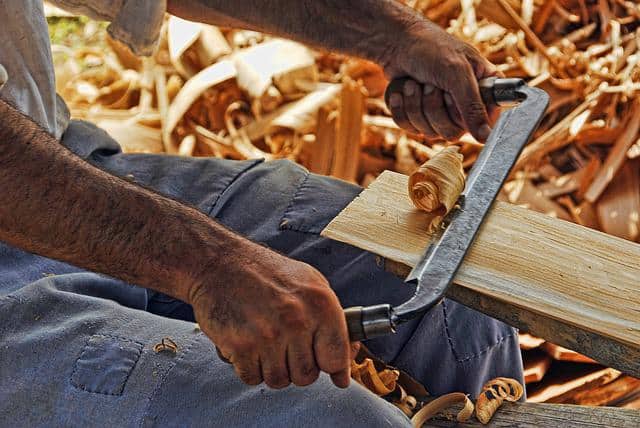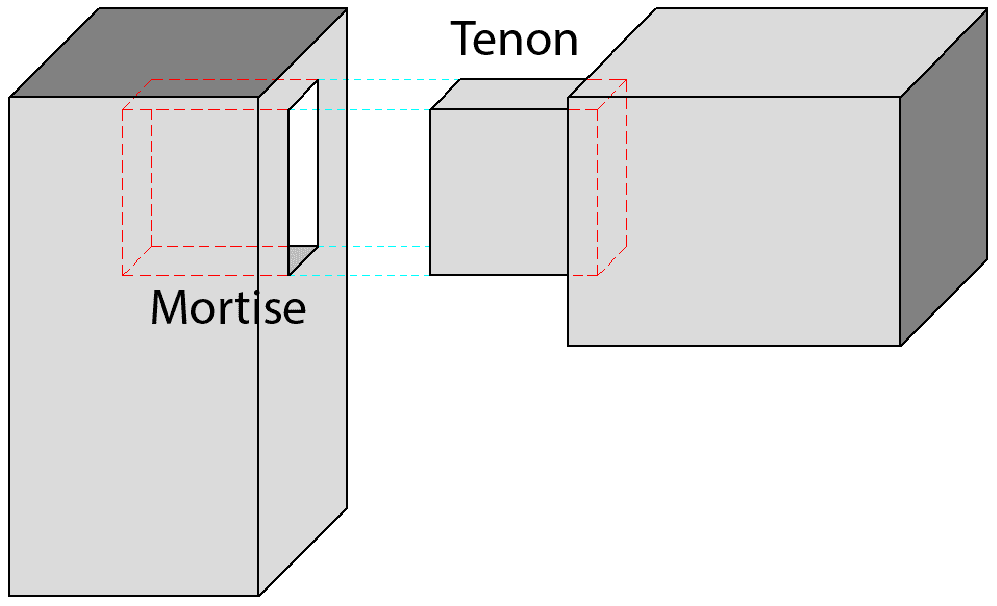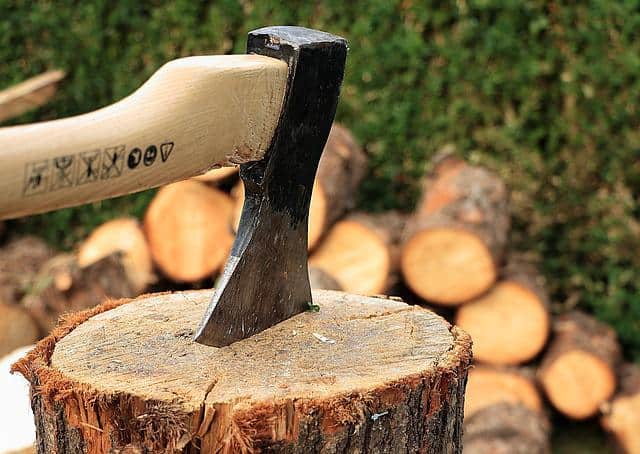Green Woodworking: Two Meanings
Woodworking is a useful life skill that allows you to build things with two hands. It’s a form of art and expression that anyone can enjoy, regardless of age or experience. The most important part of woodworking are having the right tools. So, what is green woodworking? I will discuss it more later.
The term green woodworking may be a bit confusing and conflating of two different concepts. Some people think that green woodworking means using wood that is sustainable and environmentally friendly, for example only farmed timber. The most common understanding of “green woodworking” means woodworking that exclusively uses unseasoned timber, or “green” timber, to fashion into end products. And in our opinion, as it turns out, because the practice avoids the use of commercial timber which is energy and carbon intensive, green woodworking is also a more sustainable practice.

It’s true though, we might be able to say that the best case is to do “green woodworking” in two different ways: using unseasoned and eco-friendly timber. FSC-certified wood is lumber certified by the Forest Stewardship Council to be sourced from well-managed forests. By green woodworking with eco-friendly lumber, you can help to protect our planet’s forests.
What Is Green Woodworking?
Working with green wood can be challenging, as the wood is often still wet and must be dried slowly to avoid cracking. However, the benefits of working with green wood are numerous. The most obvious benefit is that it is environmentally friendly; by using green wood, you are helping to reduce your carbon footprint by resorting to reduced carbon intensity of woods.
One benefit of greenwood is that joints are stronger and more durable by exploiting differential shrinkage of dry vs moist greenwood. Relative to modern construction without the benefit of green woodworking techniques, such joints last much longer.

Greenwood projects are often more rewarding, as working with green wood is often slower and more deliberate. This can lead to greater satisfaction when the project is completed.
For many people, green woodworking is a way to connect with the natural world and create beautiful and functional pieces of furniture and art. Many resources are available online and in libraries, if you’re interested in sustainability and want to learn more about green woodworking. You can also find local classes and workshops taught by experienced green woodworkers.
Benefits Of Working With Green Wood
Greenwood is a term used to describe freshly cut lumber that has not yet been dried or cured. While working with green wood can be challenging due to its high moisture content, there are also many benefits to this type of woodworking. The benefits of working with green wood are:
- First, it is still living, so it has moisture, making it easier to work with. The moisture content will also depend on the wood type and the tree it came from.
- Second, green wood is generally less expensive than seasoned wood since you don’t have to wait for the drying process.
- Third, working with green wood can be a therapeutic process if you restrict yourself to using only hand tools. This can provide a good workout while also allowing you to clear your mind.
- Fourth, green wood is more easily split along its fibers and any waste is usable as fuel for fires
Disadvantages Of Working With Green Wood
Commercial processes to generate standard dry wood goes through a fueled kiln that speeds it up by many fold. Using green wood avoids this energy intensive process. However, one downside is that a favorite type of tree for green wood joinery is oak which grow to be huge trees. Taking down one of these is a quick way to remove our carbon sink capacity. Therefore, green woodworking doesn’t always mean “green” in the carbon reduction and environmental sense of the word.
Woodworking Techniques And Processes For Green Woodworkers
Whether you’re a beginner or an experienced woodworker, there are several different techniques and processes that you can use when working with green wood. One of the most important things to remember when working with green wood is to take your time. The drying process can be slow, and rushing can lead to cracking and splitting. The process is as follows:
1. Splitting The Wood:
Splitting the wood is the first and most important step in the woodworking process. Greenwood is filled with moisture, which makes it difficult to work with. You must split the wood into smaller pieces to make it easier to work with. The best way to do this is to use a sharp ax or hatchet. First, identify the direction of the grain. The goal is to split the wood along the grain, not across it. After the wood is split, it can be cut into smaller pieces using a saw. Splitting the wood will make it much easier to work with and result in a better-finished product.

2. Hewing The Wood:
Hewing is the process of shaping the wood with an ax. This is done by making a series of cuts parallel to the grain. Hewing can be used to create flat surfaces, round edges, or any other desired shape. Modern woodworking machines can make this process much easier, but it can also be done by hand.
3. Shaving the Wood:
Shaving is removing thin layers of wood from the piece’s surface. You can do this with a knife, draw knife, or spoke shave. Shaving is often used to create a smooth surface or remove wood defects.
4. Lathe Turning:
Lathe turning is a process that is used to create cylindrical shapes. A piece of wood is attached to a lathe and turned, while a sharp tool is used to shape the wood. You can use this process to create bowls, spindles, or any other desired shape. Bowls and other pieces of wood turned using a lathe often have an increased value due to the time and effort required to create them.
Wrapping Up
Working with green wood can be a great way to create unique and beautiful art pieces. The key is to take your time and split the wood correctly. Remember to shave, hew, and lathe turn the wood to create the desired shape. With a little practice, you’ll be able to create stunning pieces of green woodworking art. Thanks for reading!
